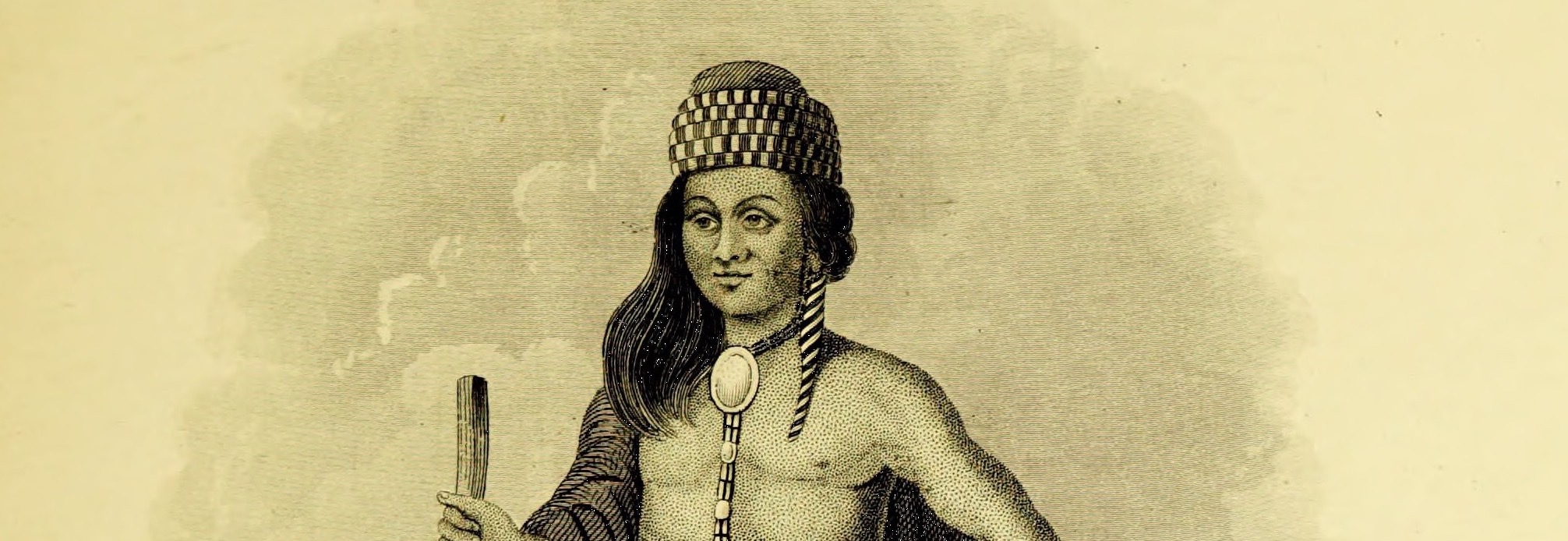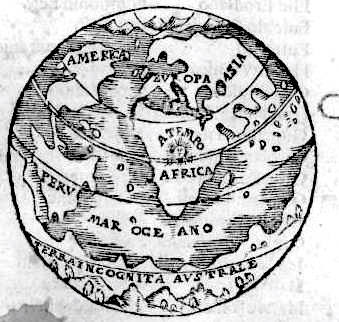Curated by Tobias Berggruen, Sean Briody & Caroline Mulligan
In this section of the exhibition, we turn to illustrations of Indigenous peoples conceived and created by European colonists and illustrators, examining them as signifiers of popular conceptualizations of, and attitudes towards, indigeneity. These images ask us to reflect upon racial and cultural transformations throughout the eighteenth and nineteenth centuries. Was race an immutable category, or one that could be changed and transgressed through various aesthetic shifts?
A special illustrated 1864 copy of an Increase Mather work reflects the heroization of two notable Indigenous leaders in American society. A Primer for teaching literacy in Mohawk and English, as well as promoting Christian beliefs, shows a schoolhouse where both Indigenous and European imagery is employed. Peter Williamson’s captivity narrative, French and Indian Cruelty, contains an illustration of Williamson in “Indian” garb. A somewhat faithful indicator of the costumed performances he staged as a curiosity in taverns and coffeehouses, this frontispiece asks of us profound questions of identity: what bearing does this assumed persona have on his identity? All three books invite us to grapple with complex questions of identity, reception, and remembrance, questions remaining with us today.
Literacy and Colonialism

Daniel Claus, A primer for the use of the Mohawk children = Waerighwaghsawe iksaongoenwa. Tsiwaondad-derighhonny kaghyadoghsera. London: C. Buckton (1786).
Memory: Indigenous Subjects of Engravings

Increase Mather, Samuel G. Drake (ed.), The Early History of New England. Boston, 1864.
Performing Indigeneity: Peter Williamson’s French and Indian cruelty

Peter Williamson, French and Indian cruelty. London: printed for the unfortunate author, and sold by R. Griffiths, 1759.
